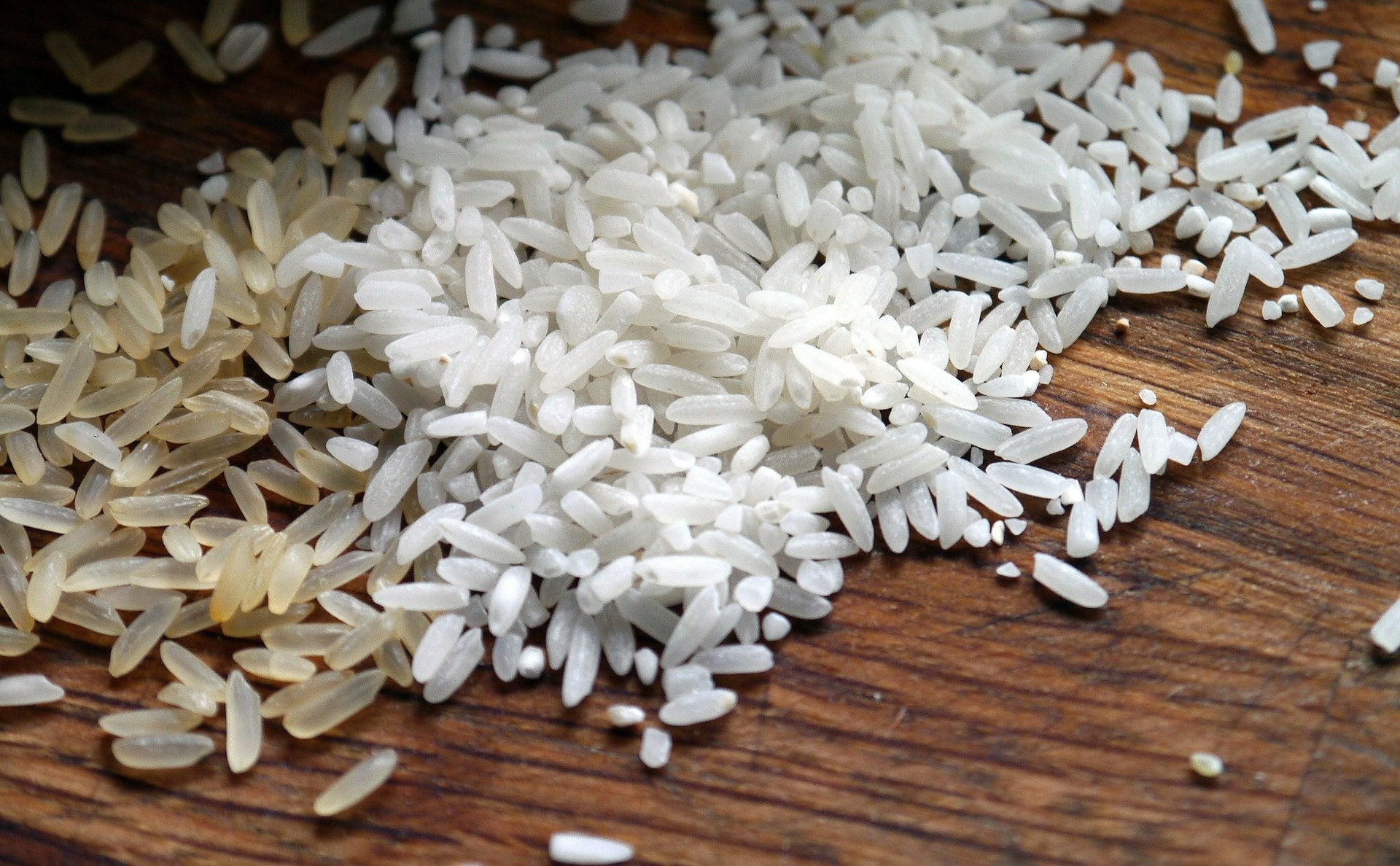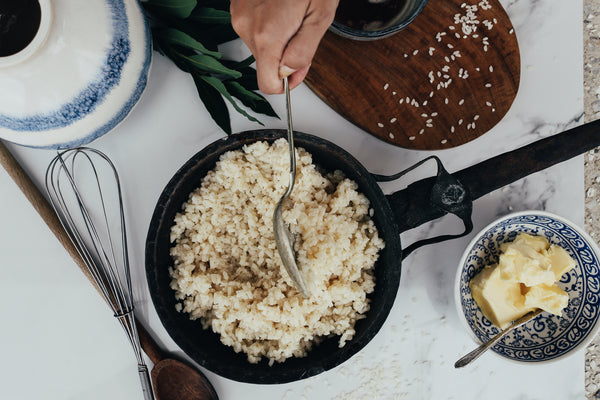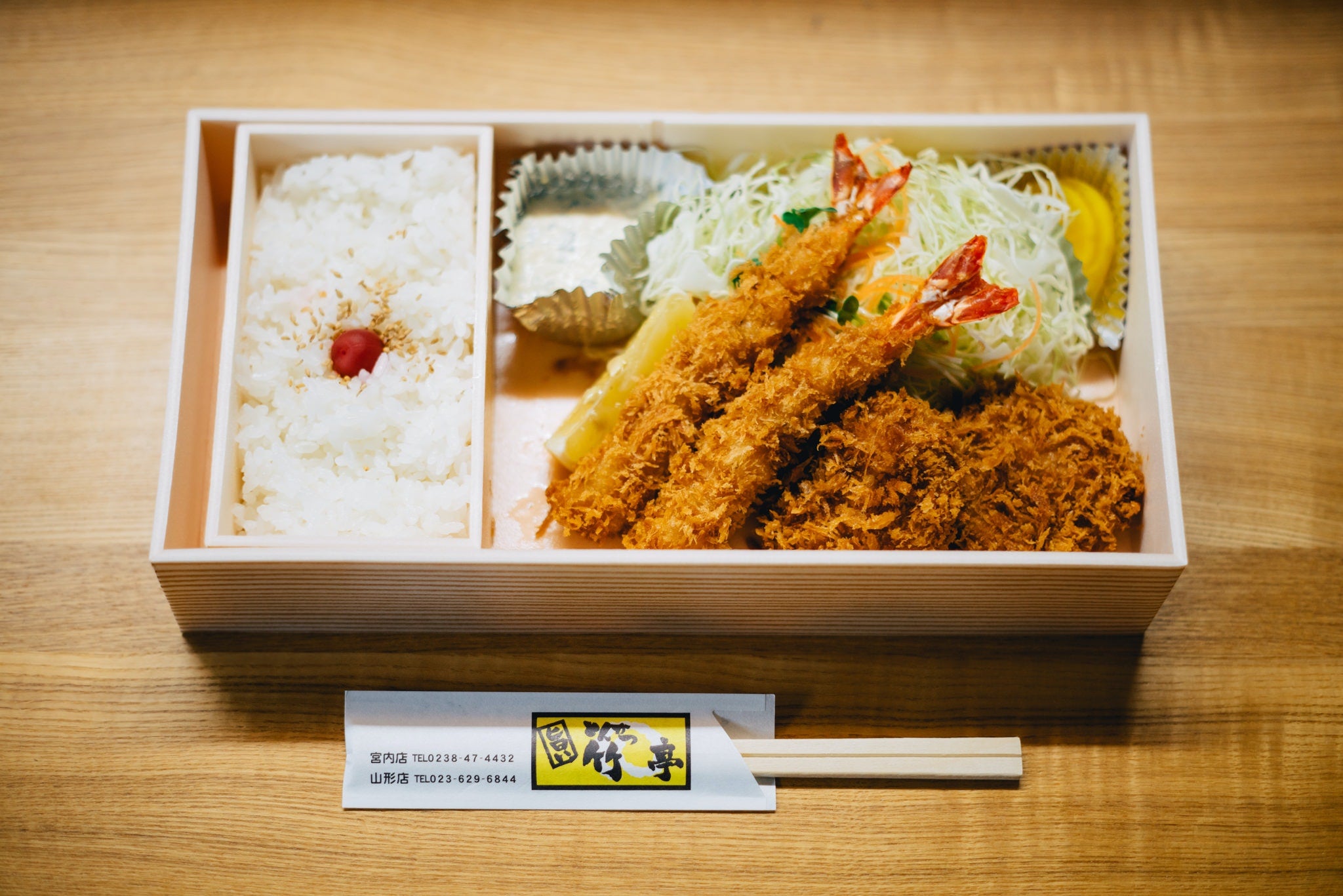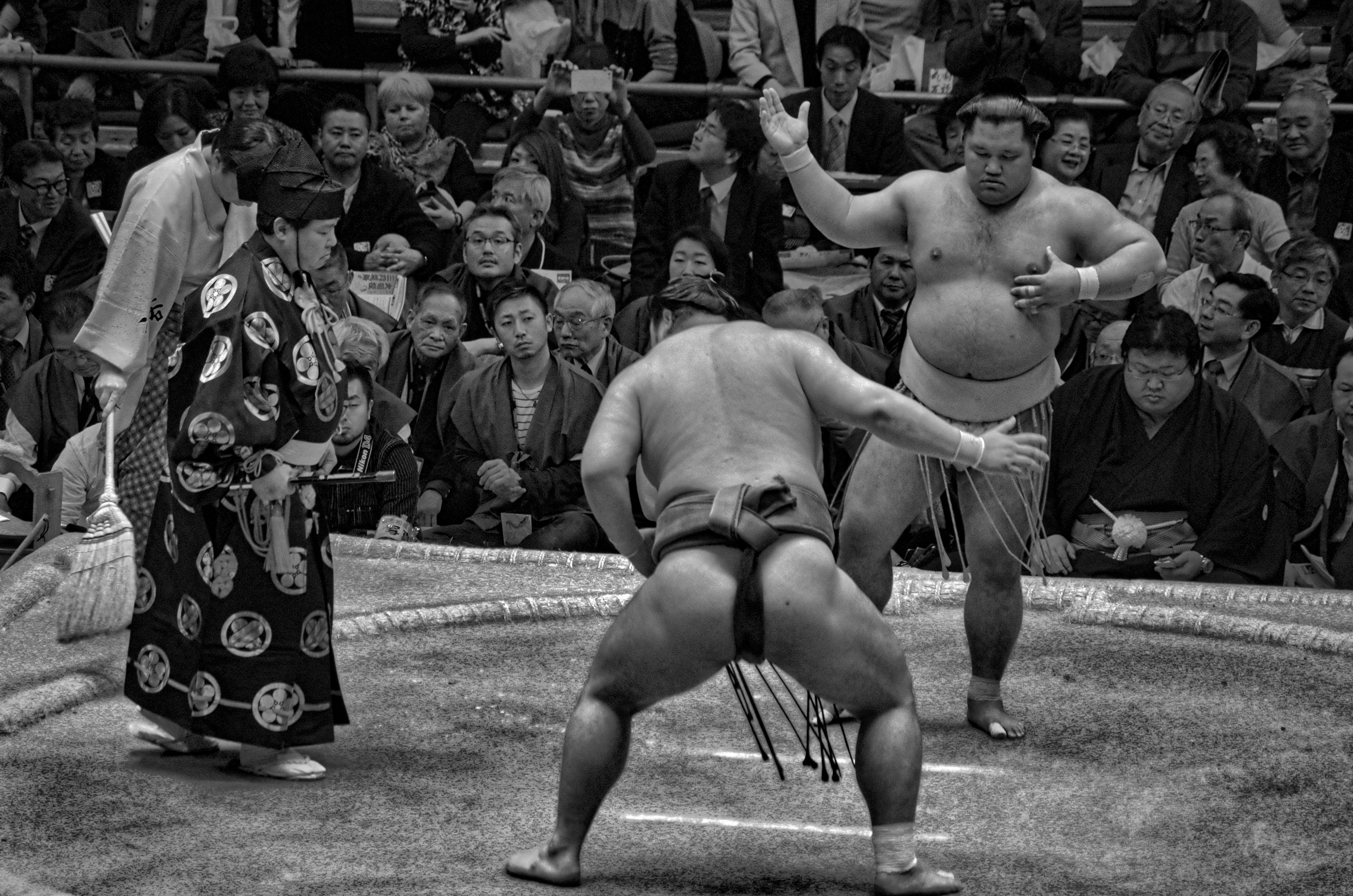
Rice, its history and its place in Japanese culture
Rice is an essential part of Japan . Not only in the Japanese diet, but also in the country itself. In addition to being a staple food for centuries, the importance of this simple grain has been deeply rooted in Japanese society for generations. But what makes Japanese rice so special or so different from rice in the rest of the world?

Rice cultivation
Around the world, most food cultures are built around their most common source of carbohydrates. Europe has bread and beer, while South America has more corn-based options. Asia, and Japan in particular, has structured its diet around rice . This iconic carbohydrate is very important, more so than in other countries. Historically , in Japan, rice is eaten as is, without added sauce or flavoring . Many believe that eating rice in its purest form shows the utmost respect for the farmers who grow it. In Japan, children are taught to eat every grain of rice. It is also said that there are "seven gods in every grain of rice."
Want to enjoy your rice like in Japan? Don't hesitate to take a look at our "Niikura" or "Oshiro" bowl sets.
To the uninitiated, Japanese rice may not seem much different from other varieties, but there is one thing that is difficult to replicate. Japan believes its rice is unique , so much so that it is reluctant to export this "real" rice to other countries. So, it is likely that if you have eaten rice in a Japanese restaurant in France or in any country other than Japan, it was grown in a completely different place for this reason.

Colors of rice
Although white rice is the most common color today, it wasn't always this way. Whole-grain brown rice varieties are making a comeback and are becoming increasingly popular around the world as a healthy alternative. Eating brown rice is a new trend, but this rice isn't new at all. In fact, the default color of rice is usually darker at first . Only then is the rice polished to a whiter color. Brown rice is often considered healthier , like whole-grain bread and other less-processed whole-grain carbohydrates. This is because it contains more micronutrients and generally digests more slowly than white variants, keeping you fuller for longer. White rice tends to be more processed, so it's less nutrient-dense. It's by no means unhealthy, but it's less optimal when you consider its health benefits alone.
Need a pair of chopsticks to enjoy your rice dishes? Our chopstick sets and pairs will work wonders!
While Japan is very proud of its unique white rice, it wasn't always this way. Originally, unprocessed brown rice was the main staple food for Japanese farmers. But with the introduction of more advanced processing methods, pure white rice began to be seen as a symbol of status and power in Japan . Only the elite of the elite ate white rice. The more elite you were, the whiter your rice was and the less other foods you ate. But, as mentioned earlier, the way the grains are processed results in a loss of micronutrients , and in the case of rice, vitamin B-1 is eliminated. 
The Edo Affliction
In the 1800s , residents of Tokyo suffered from an unknown illness called "Edo disease." Those who moved from rural areas to the city became ill, and the disease seemed to affect nobles more than others. It was common for samurai from the countryside to stand guard in the capital. When they did, they too would become ill. Doctors at the time suggested that this might be due to the city's climate and industrialization. It took years before the cause was found. Rather than a mysterious virus afflicting the wealthy, it was simply a vitamin B-1 deficiency caused by rice processing. Although it was a simple mistake, it caused serious problems in Japan for decades.


